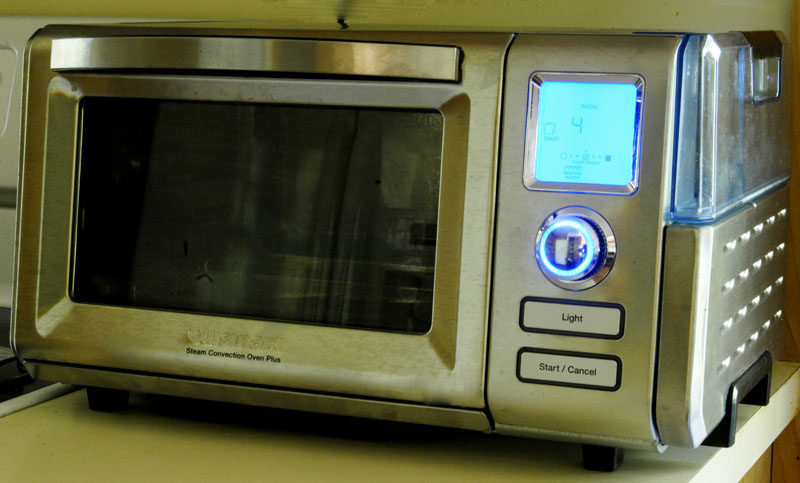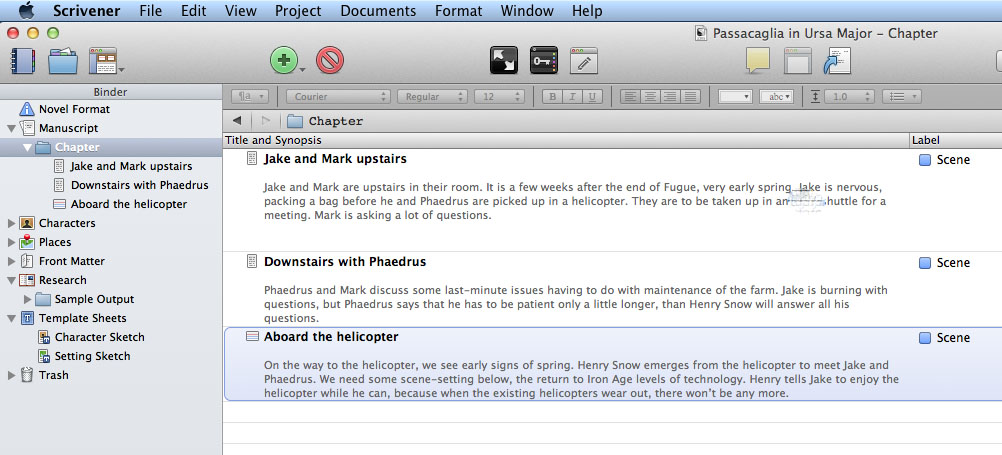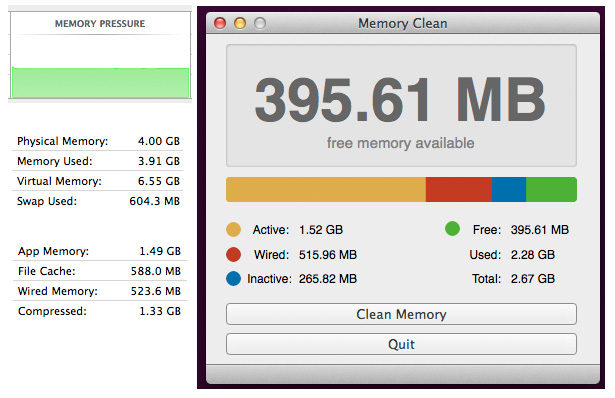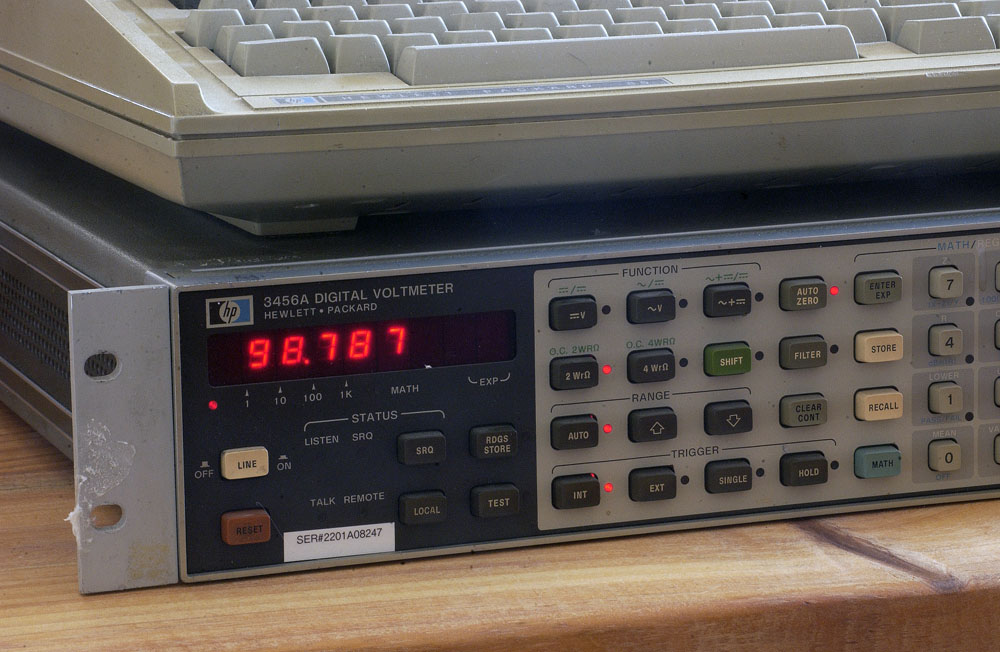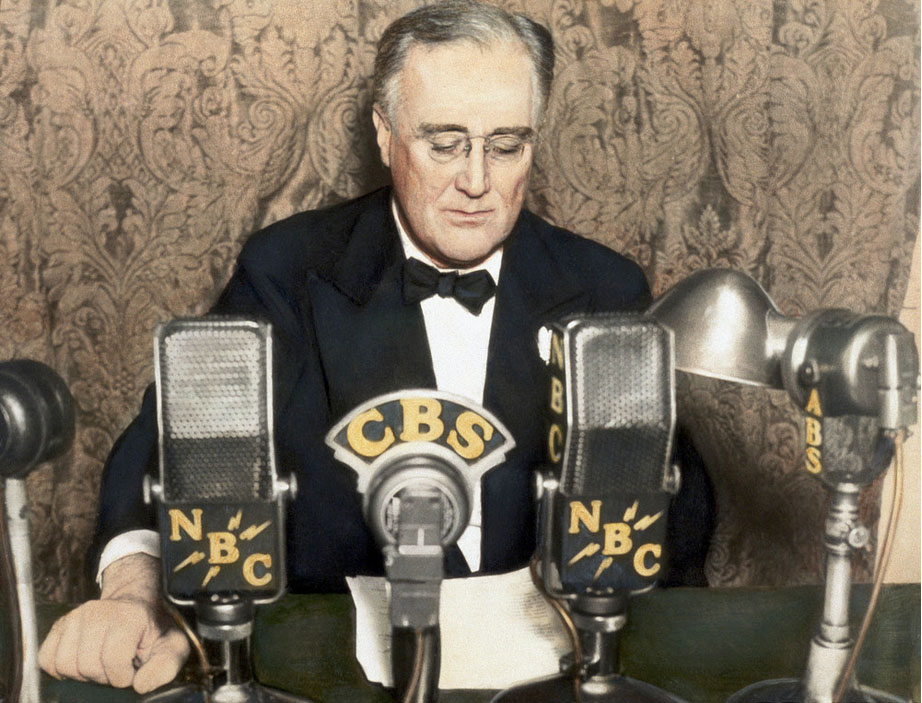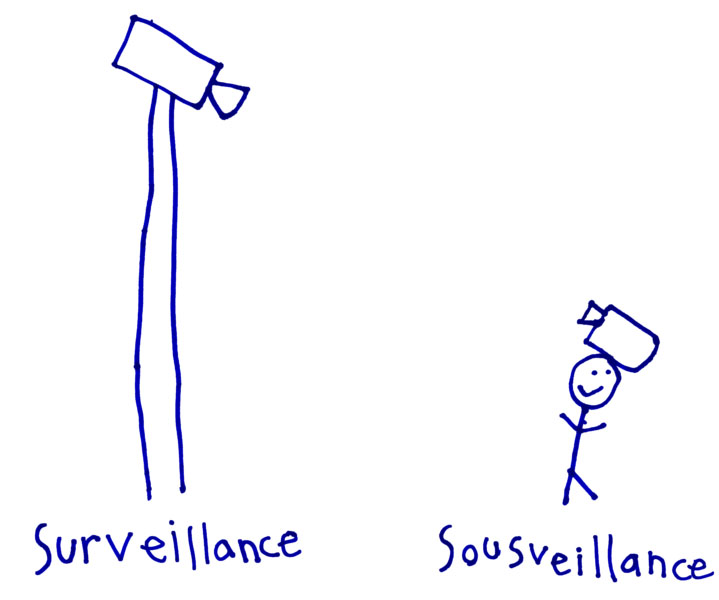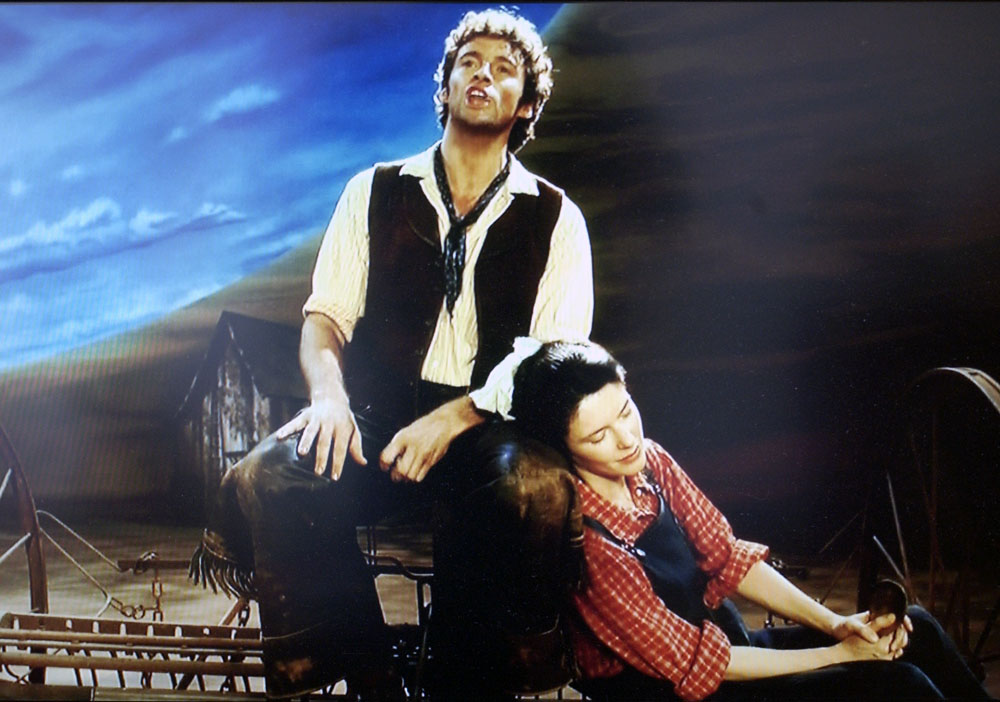I’ve had the Cuisinart CSO-300 steam oven for three months now. It deserves a re-review.
This oven has earned its way into the same category of possessions as my camera: I’d panic if I suddenly didn’t have it. After three months, I can’t imagine not having it in the kitchen. To cook without it would be a huge downgrade.
My primary reason for this is bread-baking, using the the oven’s steam function. Not until I had this oven could I really make artisan breads at or near the professional level.
The next most important factor, I think, would be reheating leftovers. Granted, most people use microwave ovens for that. However, I abhor microwave ovens and haven’t had one for years. I don’t like what microwave ovens do to foods. Whereas the combination of steam and convection in this Cuisinart ovens warms up leftovers very fast and makes leftovers taste fresh made.
Another important factor is convenience and energy savings. My big oven now seems impossibly slow and limited, and I hardly ever use it now. Not only does the big oven take a long time to preheat, it also takes a long time to cool down. The energy use is substantial, and it creates a huge heat load in the house in summer weather. The Cuisinart oven is somewhat better insulated than most countertop ovens. It preheats very fast.
Today I gave this little oven its first good cleaning. Cuisinart recommends running the oven with the steam setting, set at 210 degrees, for 30 minutes, before cleaning. This does seem to loosen the crud somewhat, though not by any means will it render the oven spotless. The interior is stainless steel. It’ll look nice and clean after you’ve cleaned it, but some of those brown spots are going to be permanent.
It does take time to get used to this oven. One learns to keep tall items away from the upper heat element, so that the tops of whatever you’re cooking won’t brown too fast. Another hot spot to avoid is the convection outlet. This is no big deal when you get used to it. Yes, it would be nice if the oven were a little larger, but if it were larger it would be a problem finding counter space for it in my kitchen. So I think Cuisinart probably made a good compromise on the oven’s size.
If I have complaints, they’d chiefly be about the oven’s digital controls. The bread function, regardless of total baking time, applies steam for the first seven or eight minutes of baking, and that’s not adjustable. That’s not enough steam time. Bread will continue to rise in the oven for longer than that. I get around this by restarting the steam function as soon as it stops, for a total of 14 minutes of steam. It’s also a little annoying that, while the oven is baking, the time remaining is displayed on the screen, but the temperature is not, even though there’s plenty of screen space. I’m going to guess that Cuisinart will improve its control programming in later models.
Amazon sells this oven for $225 right now, shipping included. That seems like a bargain to me. You’ll want this oven only if you’re looking for the steam function. Otherwise a simpler and less expensive oven will do the job for you. But keep in mind that the steam is useful not only for bread baking but also for reheating leftovers and for cooking rice dishes or other casseroles that tend to dry out in the oven. Many people swear by steam roasting for things like chicken. However, I don’t cook chickens, so I can’t testify to that.
My hope is that steam ovens for home use catch on. Then not only might Cuisinart come out with other models, but competitors also will get into the market. Commercial steam ovens are very expensive, but I’m now convinced that serious cooks seriously need steam baking at home.
I rarely watch cooking shows because I rarely watch television, but if Cuisinart was smart they’d get some television cooks to start using these things. Then everybody would want one, and we’d soon have a great market in steam ovens for home use.

